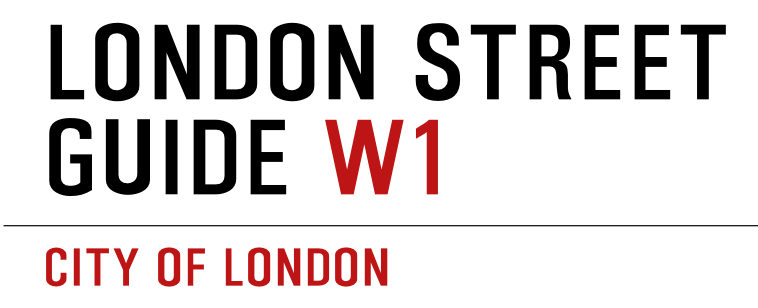Place Name
Middlesex, a historic county, was originally settled by the Saxons, whose name for it — Middle Saxons — reflected its position between other kingdoms. Formed in the early Middle Ages, it became an agricultural and trading area due to its proximity to London. Middlesex was a bustling centre for industry and river trade along the Thames by the Tudor period, contributing to London’s growing economy. With urban expansion during the 19th and early 20th centuries, Middlesex transformed into suburban London, particularly after the advent of the railway. In 1965, it was mostly absorbed into Greater London, though parts remain in Surrey and Hertfordshire. As for this street name, at the start of the 20thCentury this area still formed part of Newbarns Farm although it was later used as a golf course. It remained that way until shortly after the Second World War when demand for housing from the newly demobbed men and their families far outstripped supply. At first accommodation consisted of dozens of pre-fabricated Arcon bungalows hastily erected around Pollards Hill but from the 1950s a more permanent solution was sought. Merton Council’s archive explains: “In the 1950s the Council built six-storey maisonette blocks, starting with Westmorland Square and finishing the final block in Bovington Square in 1956. By the standards of the day, the much needed housing was built in record time and Mitcham Council could boast a house-building programme which exceeded that of any other Surrey Council.” But even this wasn’t enough to meet future demand. Following the post-war population boom much more housing was needed by the mid-1960s and so the Pollards Hill Housing Estate was laid out and built between 1968 and 1971. It was a high density scheme that included various areas of green space in the form of private gardens, partly enclosed squares, and a public park, Donnelly Green, named after Mitcham’s Head of Parks. Taking its cue from those original post-war buildings, the streets were named after counties and county towns in England and Wales.
![]()
